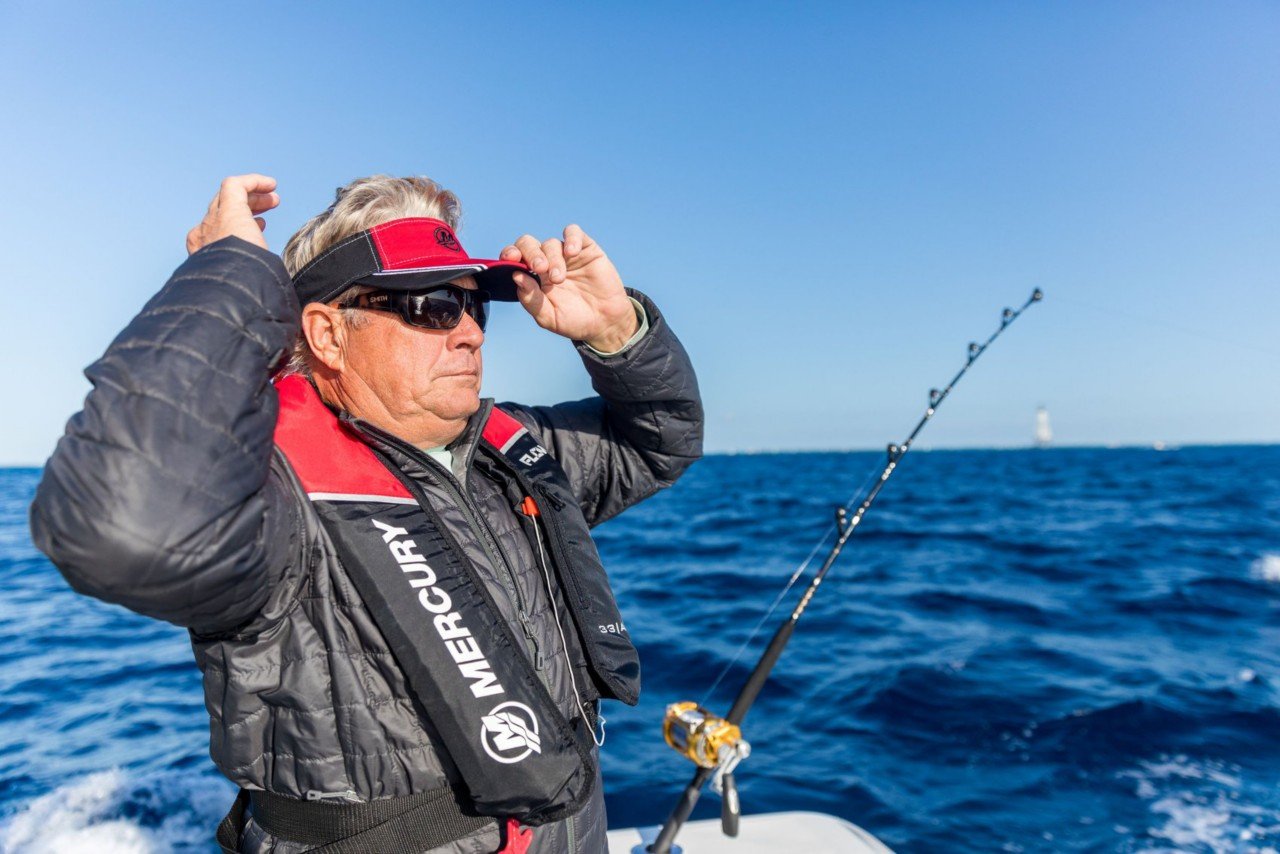No matter how or why you boat – fishing, family fun, exploring or just relaxation – the love of the water is the central thread that ties us all together. But make no mistake – water demands our respect and mindfulness if we are to use and enjoy it safely.
In keeping with the belief that enjoying the water can be simultaneously spirted and safe, Mercury Marine is proud to offer a series of Dockline blog posts relating to life jacket safety for infants, children, adults, pets and watersports participants – anyone who might get on a boat or otherwise be near the water. The purpose of this series is not to alarm you, but rather to help you prepare and protect yourself and your loved ones so all can safely enjoy life on the water for years and generations to come.
Most adult boaters recognize that personal flotation devices (PFDs) are essential safety devices and they’re willing to wear them all or most of the time they are on a boat. Also, life jackets have evolved and there are countless styles to fit every activity and personal preference.
Basic vest-style (Type III) jackets are less expensive, stylish and comfortable for most boating activities, and are available in a variety of sizes to fit almost any weight and body type. There are also jackets made especially for fishing, which feature extra pockets for your various accessories, and paddling life jackets designed to allow unrestricted arm and shoulder movement. Watersports jackets are smooth and snug fitting, and often feature zippers and neoprene material for maximum comfort while skiing or tubing. Hardcore anglers and other winter boaters may choose “float coat” PFDs that serve double duty as cold-weather gear with integral flotation.
If minimalism is more your style – and you have no intention of getting in the water – there are many belt- or suspender-style self-inflating PFDs. These have a built-in device that, when submerged, activates a CO2 cartridge that rapidly inflates the flotation device. These PFDs are barely noticeable during normal wear, but big and buoyant when submersion triggers them into life-saving mode.
Whatever style you choose, an appropriate adult life jacket needs to meet the following criteria:
- United States Coast Guard approved, clearly legible on the label.
- Proper fit in terms of size and published weight range for the wearer. Test: If a non-inflatable life jacket that is properly adjusted with the straps tightened down snug can be lifted over your chin or face while your arms are raised, it’s too big.
- In good condition, free of tears and rips. The buckles, zippers and straps should work properly, allowing the jacket to be put on or taken off easily.
Finally, always remember that life jackets only work when they’re worn, and it’s virtually impossible to don a life jacket in a moment of need! If you wear your life jacket every time you get on a boat, it will become such a part of your routine you’ll feel strange not wearing it. Also, if you wear your PFD every outing, it’s more likely your kids will do the same throughout their boating lives.




